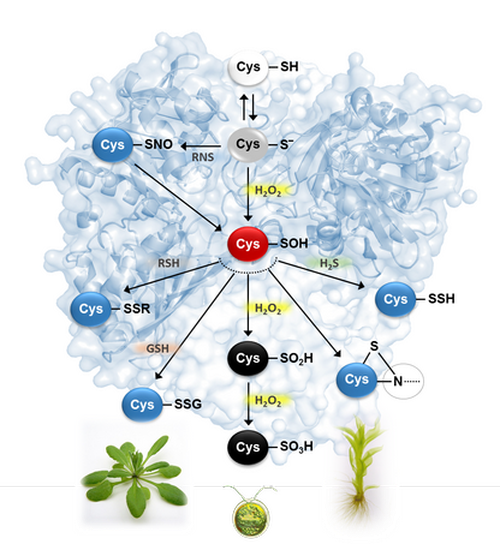Lab members
Paolo Trost, Full Professor
Francesca Sparla, Associate Professor
Mirko Zaffagnini, Associate Professor
Libero Guerrieri, Junior Assistant Professor
Maria Meloni, Research Fellow
Sayyeda Hira Hassan, Research Fellow
Tancredi Bin, Research Fellow
Ginevra Marie Eloise Peppi, PhD Student
Anna Clara Capuzzi, PhD Student
Internship projects
Each Academic Year the Molecular Plant Physiology laboratory provides 9 internships for bachelor’s degree students and 3 internships for master’s degree students. Preferably, we provide positions for students of Biological Sciences (bachelor's degree), Biotechnology (bachelor's degree), Genomics (bachelor’s degree), Biology of Human and Environmental Health (bachelor's degree), Molecular and Cell Biology (master's degree), Sciences and Management of Nature (masters’s degree) and Plant and Agriculture Biotechnology (masters’s degree).
